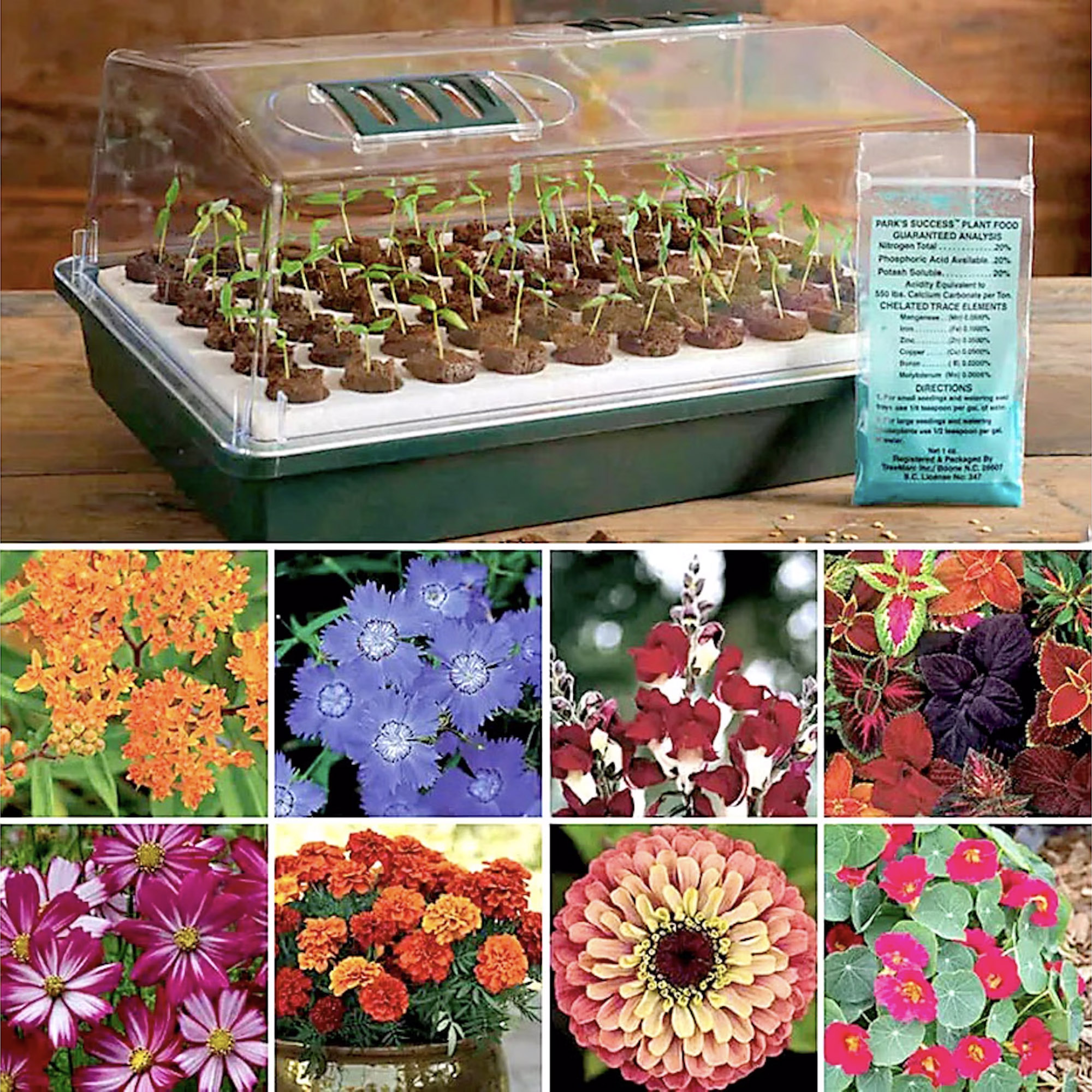How To Grow Seeds Quickly: 8 Expert Tricks For Fast Flowers & Crops
It's never too late to start growing! Jump-start your flower or vegetable garden with these pro tips and tricks for germinating seeds in record time.
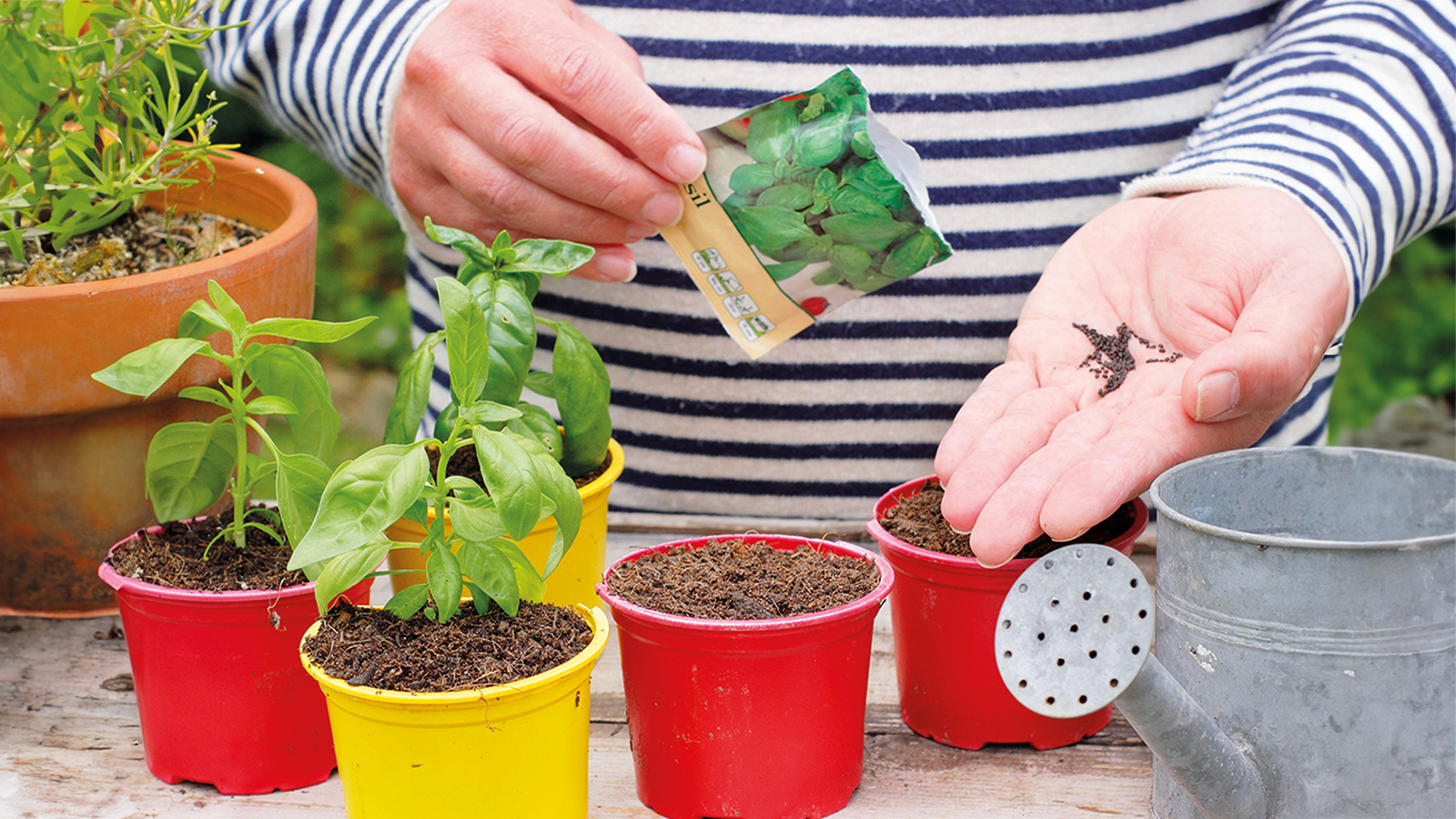

Melanie Griffiths
Sometimes the waiting is too much to bear; the waiting for your seeds to grow, that is. It makes one wonder if there’s a way to speed things up. Luckily, there is. While some flowers and vegetables are notable for growing more rapidly than others, there are also some tricks for learning how to germinate seeds quickly that can have you harvesting sooner.
When planting seeds, there are a few good reasons to want to accelerate the process. Perhaps the weather isn’t cooperating, or time has simply gotten away from you. Perhaps you want to make the most of an extended growing season by succession sowing a series of crops. Whatever the reason, the clock is ticking fast, so don't delay.
How to Grow Seeds Quickly
First of all, get ready – acquire everything you need for germinating seeds. You will need seeds, of course, and if you're starting seeds indoors, you'll also need seed-starting mix and pots or trays with drainage holes to plant the seeds in.
If direct sowing seeds into the garden, prepare your garden bed by removing any weeds, raking out rocks and debris, and amending with compost or other organic matter.
Once you have everything you need, follow these expert tips and tricks to speed up the seed-starting process.
1. Choose Fast-Growing Seeds
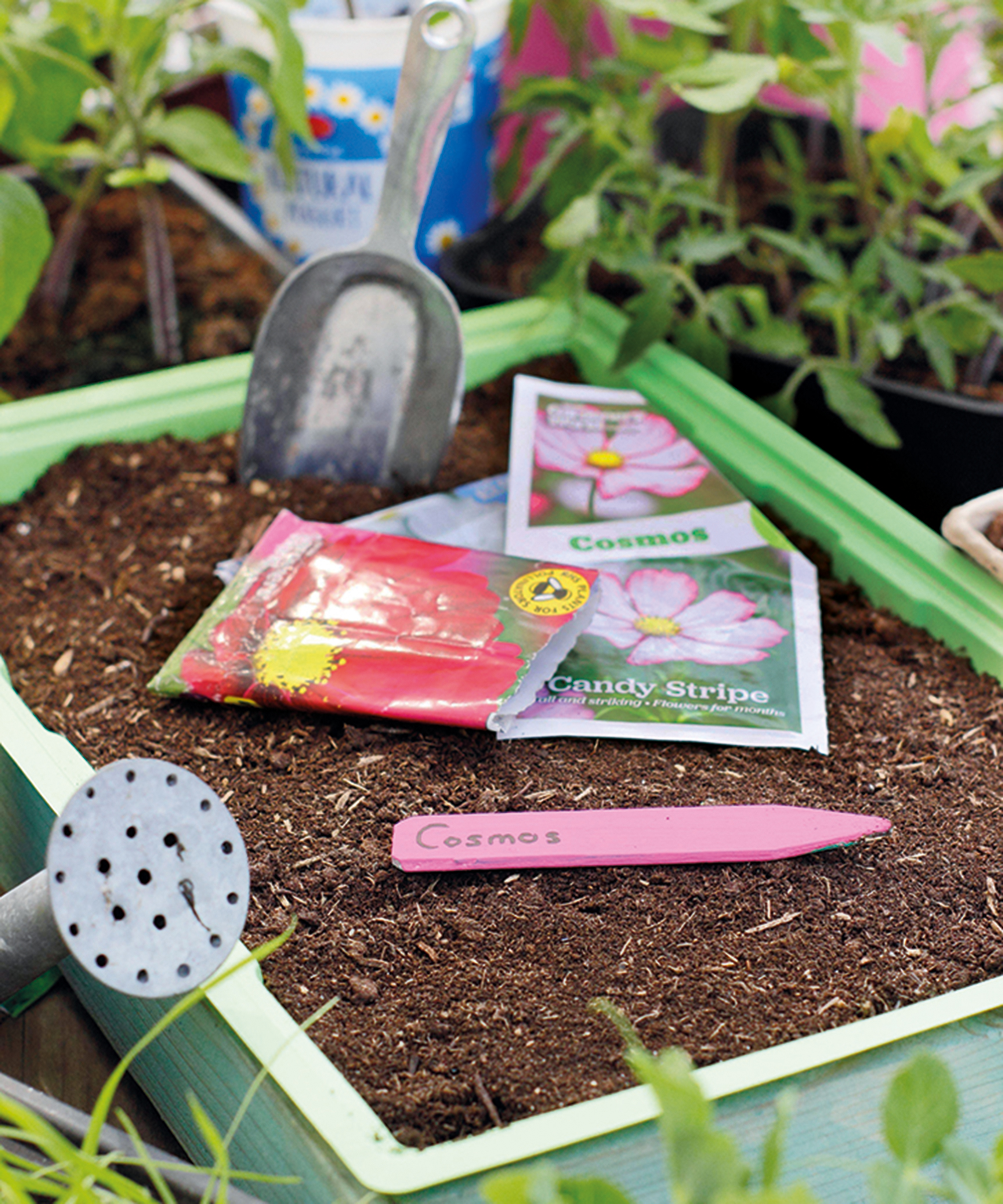
If time is of the essence and you really need to speed the process up, select fast-growing seeds. These include annual flowers, such as marigolds and California poppies, which bloom about 60 days after planting.
Fast-growing vegetables include assorted greens, radishes, and green onions. These all germinate and grow rapidly, but should be direct sown, rather than started indoors.
Sign up for the Gardening Know How newsletter today and receive a free copy of our e-book "How to Grow Delicious Tomatoes".
Crops with large seeds like corn, peas, and beans have lots of energy stored, so they grow rapidly and can be started indoors or out. Cucurbits like cucumbers and squash have delicate root systems, so they should be started in peat pots or other biodegradable pot for later transplantation. They are also the most rapid growers, needing only 2-3 weeks of growth until ready to transplant.
Check the germination time on the seed packet information. The shorter the time, the quicker you will have flowers or crops.
You can calculate when to start your seeds based on maturation as well. The seed packet will likely say that seedlings take anywhere from 4-12 weeks before they will be ready to transplant. If starting seeds indoors, count back from the last average frost date for your area.
2. Try the Paper Towel Germination Method
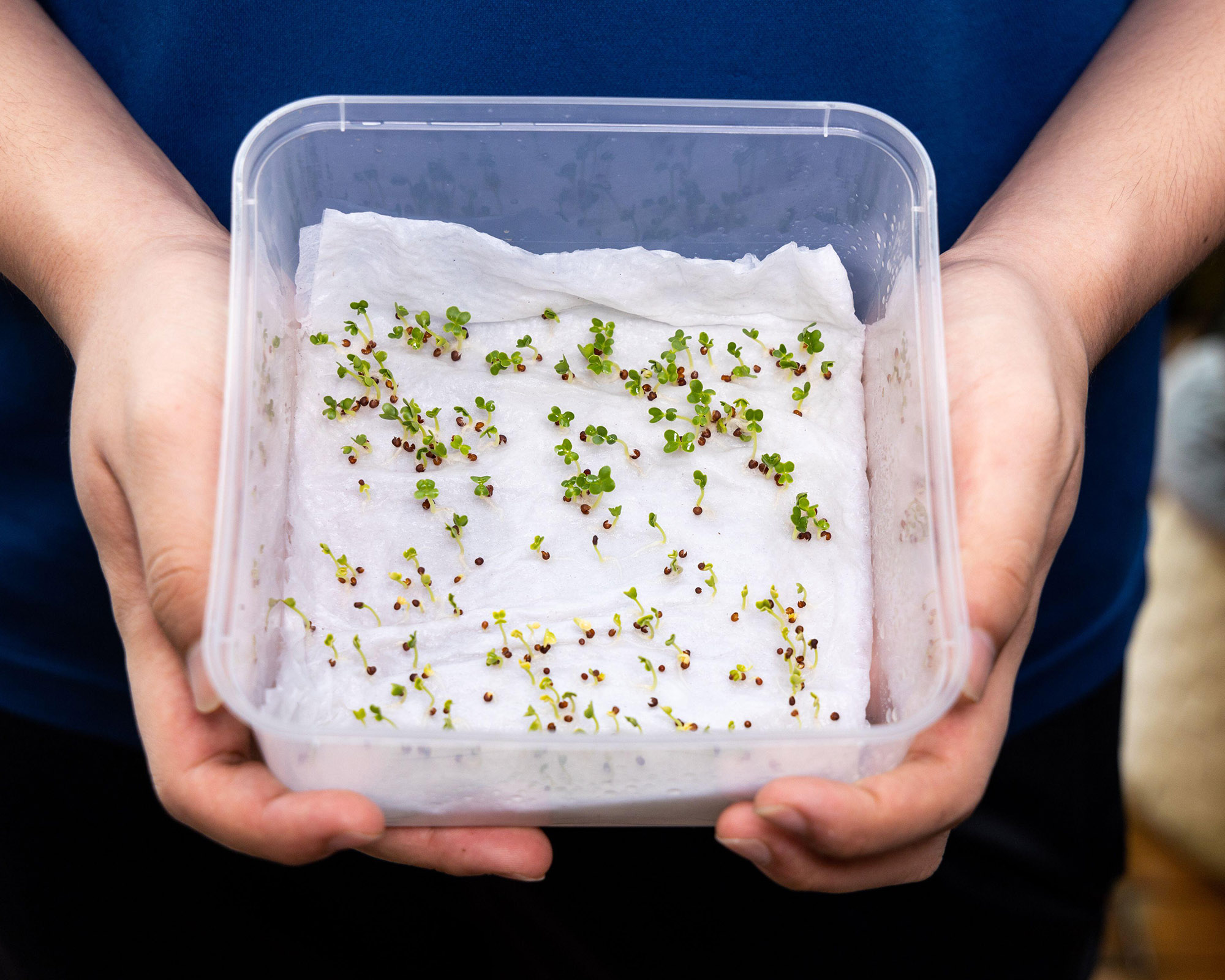
Planting seeds in the ground or seed-starting mix is a tried-and-tested method, but there is a quicker way. Germinating seeds in paper towel is a soil-free method that involves sandwiching seeds between two moist paper towels and covering them with plastic wrap or sealing them in a clear plastic container to create a greenhouse effect.
The method is faster because it creates a highly controlled, humid environment that allows the seeds to absorb the optimal amount of moisture. It also enables you to keep an eye on the seeds, so you can transplant seedlings as soon as growth is visible.
3. Soak the Seeds
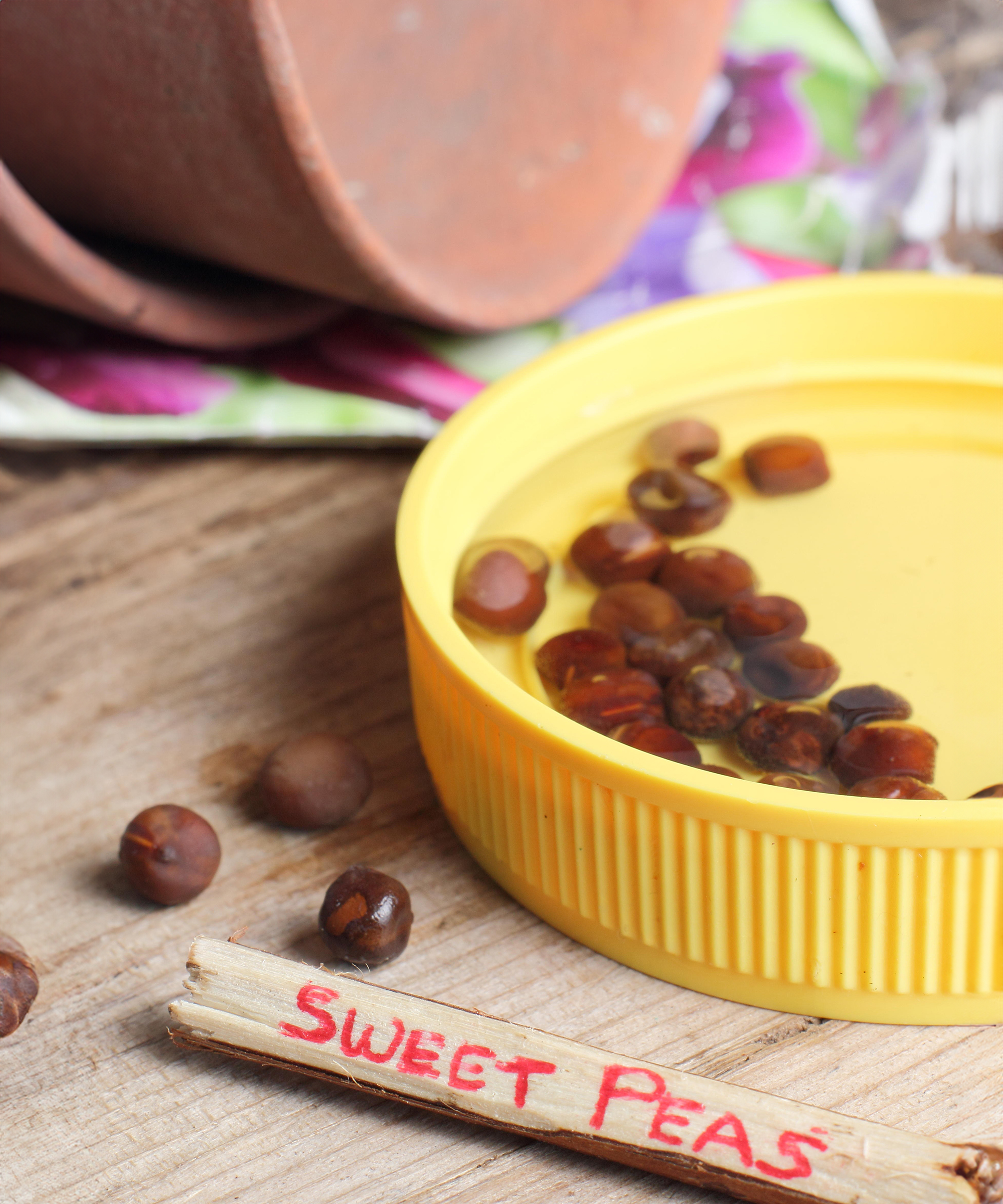
Soaking seeds before planting is a useful technique to soften the seed coat and hydrate the seed, which triggers the germination process. It doesn't work for all seeds, but it helps larger seeds with tough coats, such as peas, beans, corn, squash, cucumber, beets, tomatoes, sweet peas, nasturtiums, lupines, and delphiniums.
Simply drop the seeds into a glass of warm water and leave them to soak for at least 12 hours; 24 hours is ideal, and 48 hours is the maximum. Then plant your seeds as normal.
4. Scarify Seeds
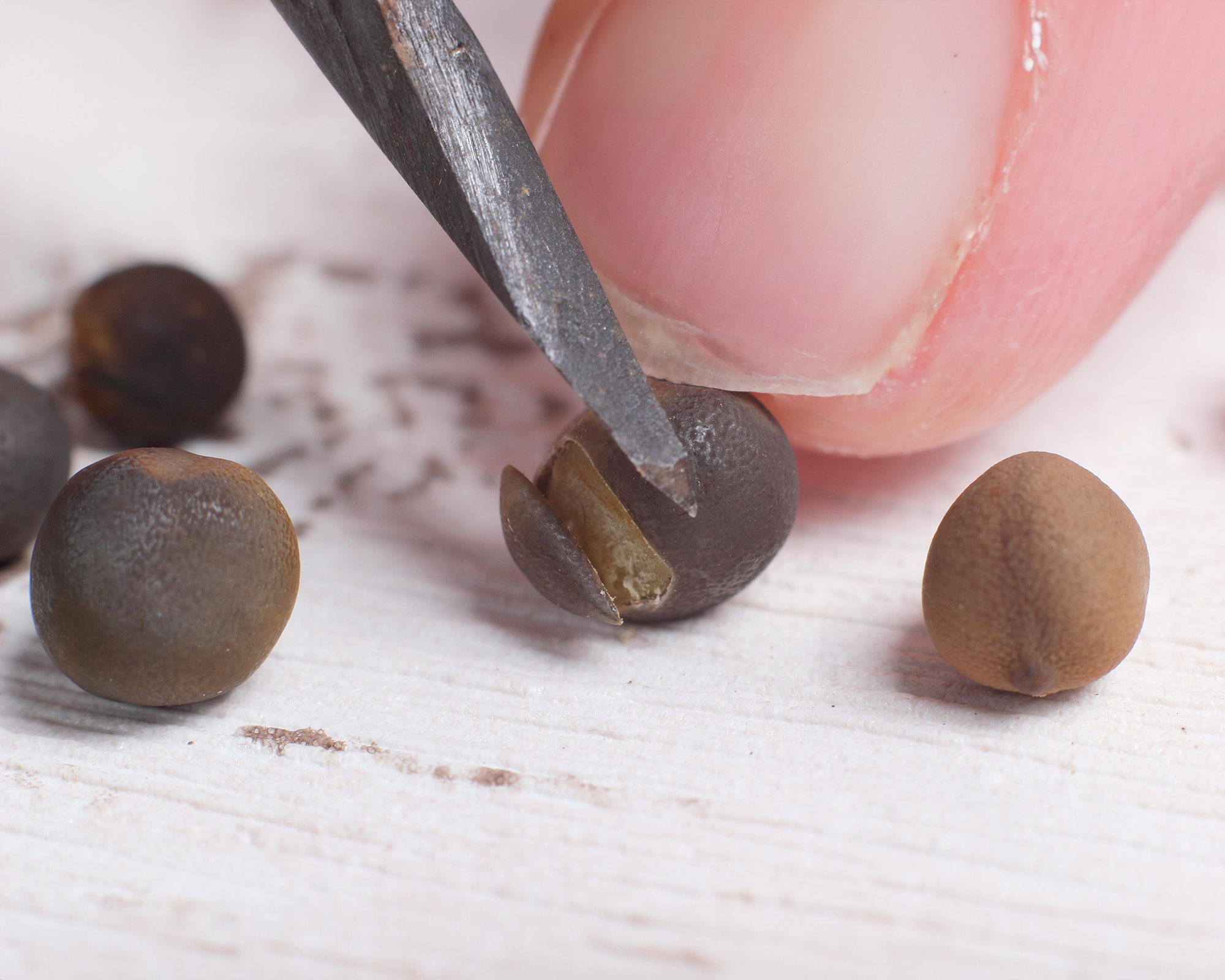
Some types of seed need extra attention to penetrate the seed coating and hasten germination. Hard seeds or those with a thick outer shell may benefit from being scarified to jump-start the germination process. This simply means penetrating the outer coat of the seed to allow water to enter.
You can scarify seeds by nicking them with a knife, or filing them with an emery board, or sandpaper. You just want to nick the outer coat in a few places to reveal the lighter colored seed within. After exposing some of the seed, soak it in water overnight.
Many of the larger seeds that benefit from being soaked can be boosted by scarification.
5. Give Them a Cold Treatment
Some seeds need to go through a period of cold before germinating, mirroring their natural "stratification" process. This can be replicated by refrigerating seeds for 1-3 months before planting them and providing warmth to break dormancy.
Most annual flower seeds and vegetables do not need cold treatment, but if a seed comes from a perennial plant, shrub, or tree, or is a native wildflower, it will likely need to be stratified.
If you want to stratify seeds in a hurry, try the ice cube trick. Simply add 4-6 seeds to each module in an ice cube tray, fill with water, freeze for a few days – ideally at least a week – then direct sow them in their final positions. It won't work for all seeds, but many gardeners have had success with certain plants, such as poppies and lupines.
6. Keep Trays Warm
Another way to jump-start germination is to use a heating mat. If you already have a warm area over a radiator or above some baseboard heaters, there won’t be a need for supplemental warmth, but for the rest, using a heat mat can promote more rapid germination. These mats are specifically made for seed starting and come in various sizes and price ranges.
7. Light Them Up
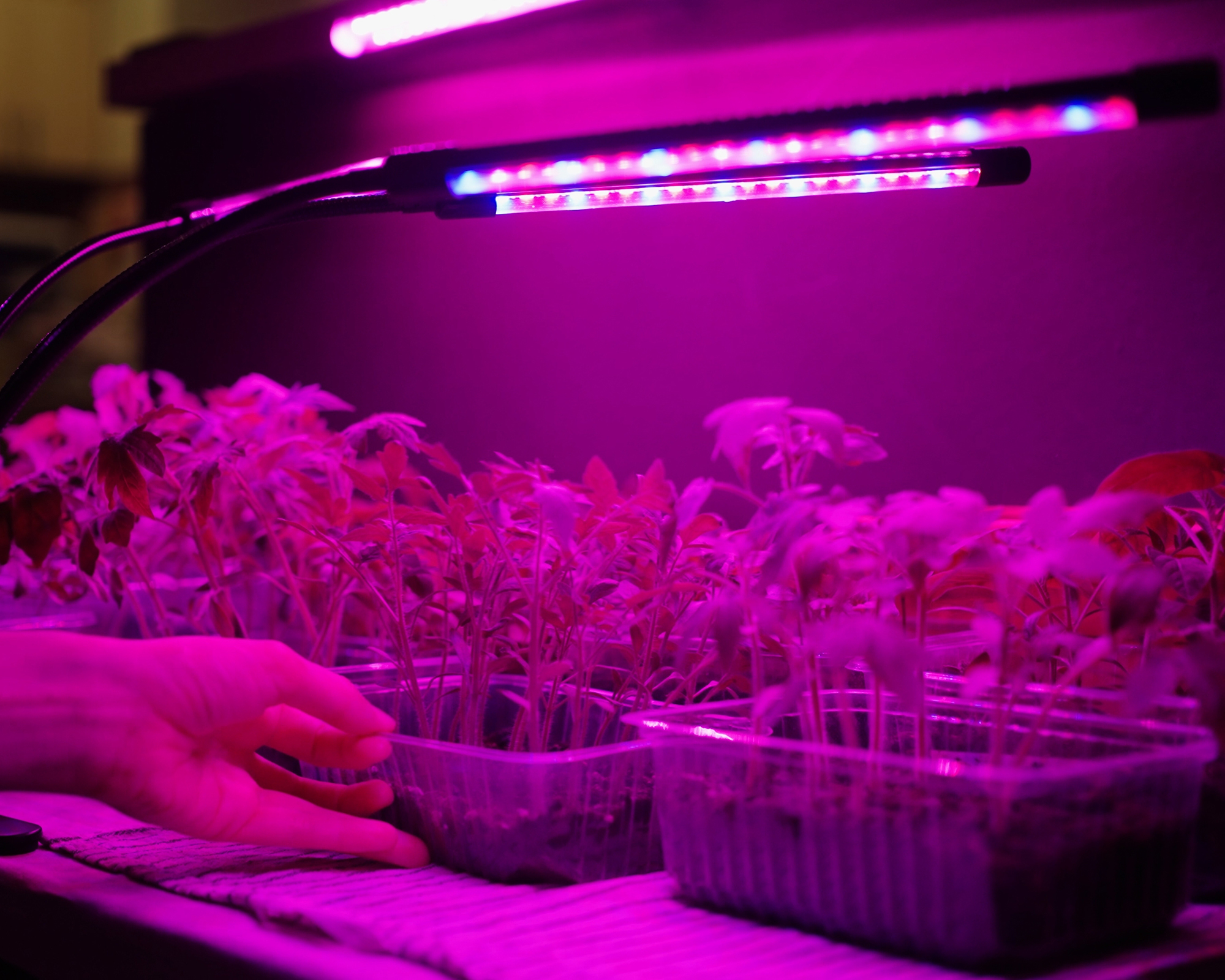
Sufficient lighting is another way to get your seeds to grow more rapidly. Only certain seeds need light for germination, but all plants need it as soon as they sprout. How much light seedlings need differs depending on the plant and growing conditions, but most need in the range of 12 to 18 hours of light each day.
An unobstructed, south-facing window is sufficient for seed starting, but not everyone has this exposure available. That’s where supplemental lighting in the form of a grow light comes in. There are all types out there covering every budget – ideally buy one with a timer. Be sure that the light you choose can be positioned 2-3 inches (5-8cm) above the seedlings. The light should be on for about 16 hours per day to speed up growth.
8. Create a Humid Environment
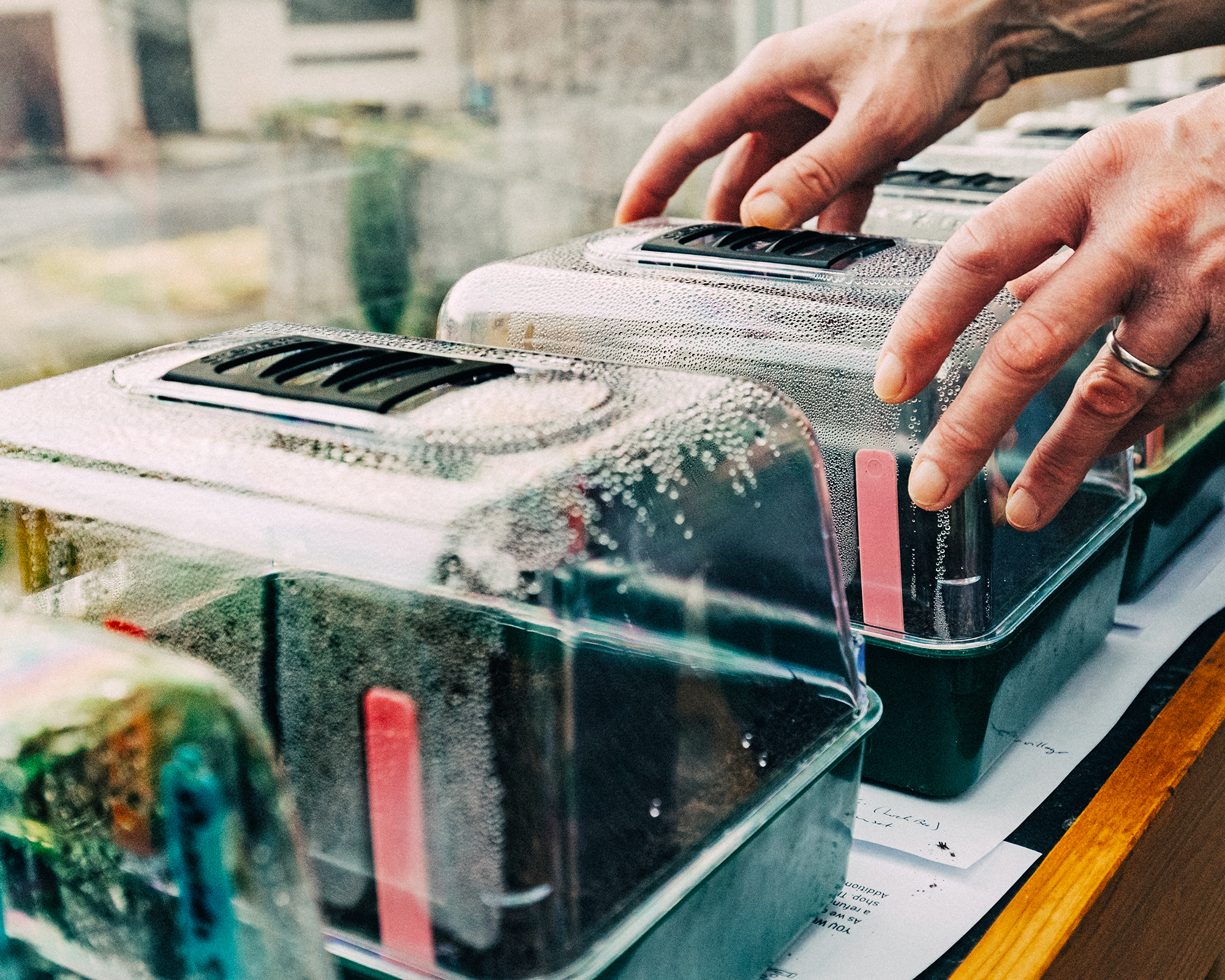
Seed germination requires consistently moist soil, but not too wet, or the seeds will just rot. Seeds also need humidity. To keep in moisture and humidity, cover the seed tray with a clear plastic lid or humidity dome. You can even fashion a lid made from plastic wrap. As long as it keeps things warm and humid, it will speed up germination.
Once your seeds have germinated, however, remove the covering and just keep the seedling soil uniformly moist. A water-filled spray bottle set on mist works great for watering seedlings. Alternatively, water from below by placing the pots into a shallow tray of water until the potting mix is moist.
More Seed-Starting Inspiration
- Why are my seedlings wilting? Learn 6 common causes – and how to save your precious baby plants.
- Browse our expert-curated seed collections in the Gardening Know How Shop – from the tastiest edibles to the most stunning flowers.
- Try starting seeds in egg cartons with this simple DIY seedling tray idea.
- Not sure how deep to plant seeds? Get it right every time with this simple expert trick.
- Don't miss out on the latest growing advice and inspiration – plus get exclusive offers straight to your inbox. Sign up for the Gardening Know How Newsletter today!

Amy Grant has been gardening for 30 years and writing for 15. A professional chef and caterer, Amy's area of expertise is culinary gardening.
- Melanie GriffithsSenior Editor
